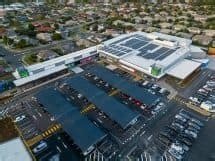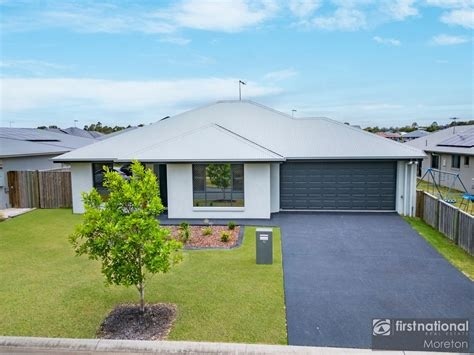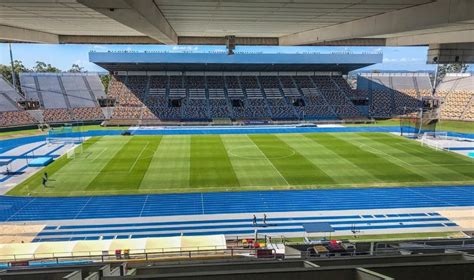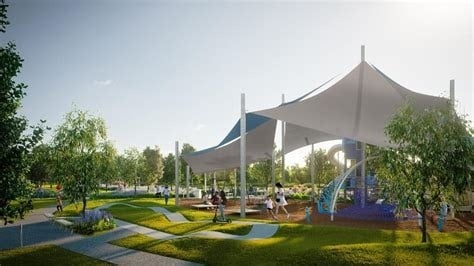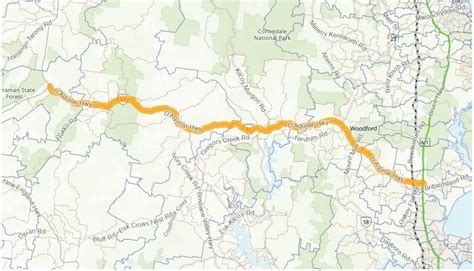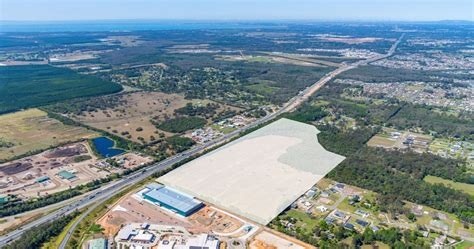Chart Color Schemes
est. as @ -- *
ABS ERP | -- people | --
2021 Census | -- people
Sales Activity
Curious about local property values? Filter the chart to assess the volume and appreciation (including resales) trends and regional comparisons, or scroll to the map below view this information at an individual property level.
Find a Recent Sale
Sales Detail
Population
Population growth drivers in Caboolture - West are strong compared to national averages based on AreaSearch's ranking of recent, and medium to long-term trends
Caboolture - West's population was around 14,514 as of August 2025. This figure reflects an increase of 2,349 people since the 2021 Census, which recorded a population of 12,165. The growth is inferred from ABS estimates: 14,299 in June 2024 and an additional 666 validated new addresses since the Census date. This results in a density ratio of 590 persons per square kilometer. Caboolture - West's population grew by 19.3% between the 2021 Census and August 2025, exceeding both national (8.6%) and state averages, making it a growth leader in the region. Interstate migration contributed approximately 82.8% of overall population gains during recent periods.
AreaSearch uses ABS/Geoscience Australia projections for each SA2 area released in 2024 with a base year of 2022. For areas not covered by this data and years post-2032, Queensland State Government's SA2 area projections released in 2023 based on 2021 data are adopted. However, these state projections do not provide age category splits, so proportional growth weightings from ABS Greater Capital Region projections (released in 2023, based on 2022 data) are applied where utilized. By 2041, Caboolture - West's population is projected to increase by 4,361 persons, marking a total gain of 28.6% over the 17-year period.
Frequently Asked Questions - Population
Development
The level of residential development activity in Caboolture - West was found to be higher than 90% of real estate markets across the country
Caboolture West has seen approximately 117 new homes approved annually. Development approval data is produced by the Australian Bureau of Statistics on a financial year basis, with 587 dwellings approved over the past five financial years from FY20 to FY25. As of now in FY26, 30 dwellings have been recorded. On average, each dwelling built has resulted in an increase of 2.8 new residents per year over the past five financial years.
This indicates healthy demand for housing in the area, which should support property values. New homes are being constructed at an average cost of $350,000, which is below regional levels, suggesting more affordable housing options for buyers. Additionally, $7.8 million in commercial development approvals have been recorded this financial year, reflecting the primarily residential nature of the area when compared to Greater Brisbane. Caboolture West maintains similar construction rates per person to the broader area, indicating strong developer confidence and market balance consistent with the region as a whole.
Recent construction activity comprises 82% detached dwellings and 18% townhouses or apartments, preserving the area's low-density nature and attracting space-seeking buyers. There are approximately 101 people per dwelling approval in the location, suggesting an expanding market. Population forecasts indicate that Caboolture West will gain 4,146 residents by 2041. Building activity is keeping pace with population growth projections, though increased competition among buyers may be expected as the population expands.
Frequently Asked Questions - Development
Infrastructure
Caboolture - West has moderate levels of nearby infrastructure activity, ranking in the 49thth percentile nationally
Changes to local infrastructure significantly impact an area's performance. AreaSearch identified 36 projects that could affect the region. Notable projects include Waraba Priority Development Area (Caboolture West Growth Area), D'Aguilar Highway Upgrade (Bellmere Section), Caboolture River Parklands Development, and Moreton Bay Regional Council Caboolture Hub. The following list details those most likely to be relevant.
Professional plan users can use the search below to filter and access additional projects.
INFRASTRUCTURE SEARCH
Frequently Asked Questions - Infrastructure
Waraba Priority Development Area (Caboolture West Growth Area)
Queensland's 36th Priority Development Area, declared on 2 August 2024, covering approximately 2,900 hectares. It aims to deliver around 30,000 dwellings, including a minimum of 25% affordable and social housing, for an estimated 70,000 people over 40 years. The project includes residential precincts, town centres, employment areas, schools, shopping centres, parks, and community facilities. Expected to provide 17,000 local jobs. Features sustainable infrastructure, employment opportunities, and environmental conservation with a 360-hectare green network. Suburbs include Waraba, Lilywood, Wagtail Grove, Greenstone, and Corymbia. Includes 6 local centres, 13 neighbourhood centres, 9 primary schools, 3 secondary schools, a TAFE, and a private hospital. Supported by over $210 million from SEQ City Deal and $100 million state commitment for infrastructure. As of 2025, the Interim Land Use Plan is in effect, development scheme preparation is underway with public consultation expected in late 2025 to early 2026. Construction has started in the Lilywood suburb with over 2,000 lots approved.
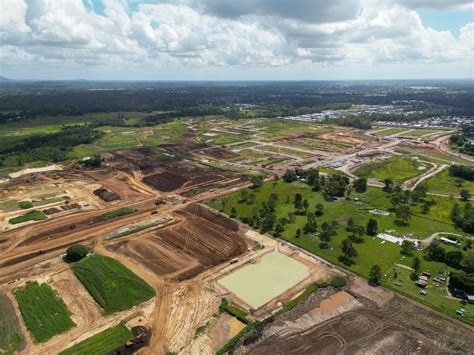
Stockland Rivermont (Waraba)
Stockland's $573 million masterplanned community in Waraba (formerly Caboolture West) spans 175 hectares, delivering 2,050 homes, including a 15-hectare Halcyon over-50s community. Features 47 hectares of green space, 6 local parks, and 27% of the site dedicated to environmental rehabilitation. Part of Queensland Government's Waraba City vision, contributing $10.9 million annually to the local economy. First land releases occurred in early 2025.
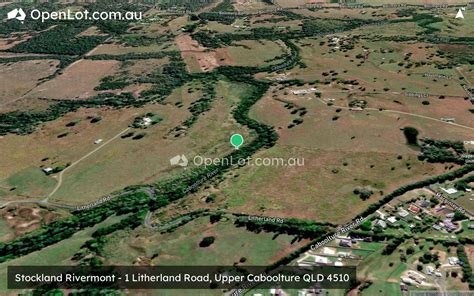
Coles Shopping Centre - Caboolture West
A new local shopping centre at 483 Caboolture River Road featuring a 3,600sqm Coles supermarket, specialty stores, and liquor retail outlet across multiple buildings, with associated car parking and landscaping.
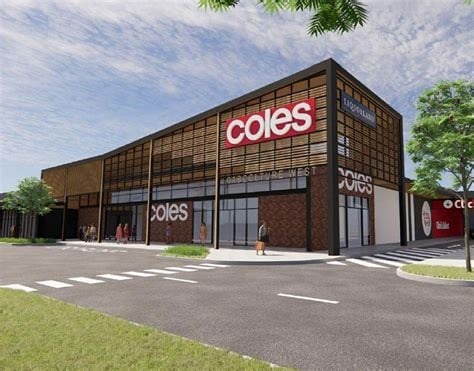
D'Aguilar Highway Upgrade (Bellmere Section)
Highway widening and intersection improvements along the D'Aguilar Highway through Bellmere to improve traffic flow and safety for the growing community.
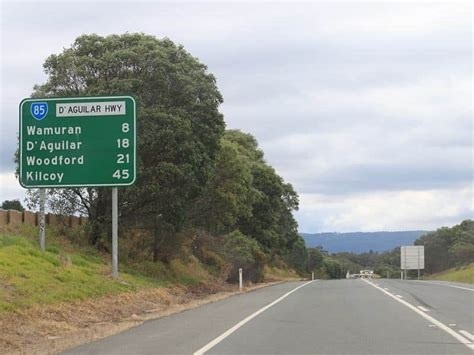
Moreton Bay Regional Council Caboolture Hub
A major civic and cultural precinct development in central Caboolture, featuring new council chambers, library, performing arts centre, community facilities, public spaces, and mixed-use commercial development. Designed to revitalize the Caboolture CBD.
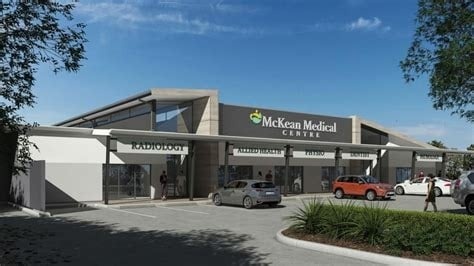
Bellmere State School Upgrade
Major upgrade to Bellmere State School including new classrooms, library, multipurpose hall, and improved playground facilities to accommodate growing enrollment.
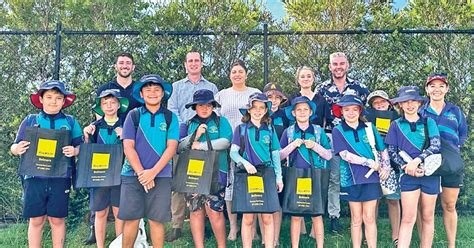
Eden Academy Caboolture
State-of-the-art childcare and kindergarten centre with 7 activity rooms, 2 outdoor play areas, and 887 sqm gross floor area. Offers nurturing environments for children aged 0-5, exceeding National Quality Framework standards through play-based learning, weekly yoga, daily educational incursions, in-house prepared meals, take-home meals, family lending library, parent app for updates, and school readiness program.
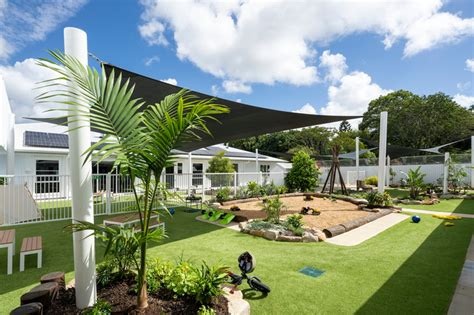
Corporate Park East Caboolture
Caboolture's first major industrial estate since 2006, a $90 million development providing 40ha of usable land with general industry lots ranging from 1,000m2 to 3,000m2, modern infrastructure, and excellent access to the Bruce Highway and D'Aguilar Highway for B-double trucks and businesses.
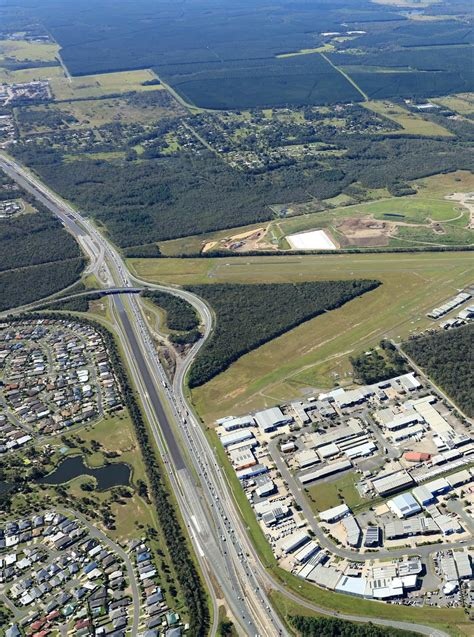
Employment
Caboolture - West shows employment indicators that trail behind approximately 70% of regions assessed across Australia
Caboolture - West has a balanced workforce with both white and blue-collar jobs. The construction sector is prominent with an unemployment rate of 6.8% and estimated employment growth of 14.1% over the past year as of June 2025.
There are 5,990 residents employed with an unemployment rate of 2.7% higher than Greater Brisbane's rate of 4.1%. Workforce participation is lower at 52.4% compared to Greater Brisbane's 64.5%. The dominant employment sectors include health care & social assistance, construction, and retail trade. Agriculture, forestry & fishing has a strong presence with an employment share 5.1 times the regional level.
Meanwhile, professional & technical services have limited presence at 3.5% compared to the regional average of 8.9%. Many residents commute elsewhere for work based on Census data. Over the year to June 2025, employment increased by 14.1% while labour force grew by 8.3%, reducing unemployment by 4.7 percentage points. In contrast, Greater Brisbane saw employment rise by 4.4%, labour force grow by 4.0%, and unemployment fall by 0.4 percentage points. State-level data to Sep-25 shows Queensland's employment contracted by 0.23% with an unemployment rate of 4.2%. Nationally, the unemployment rate is 4.5% with employment growth of 0.26%. Jobs and Skills Australia forecasts national employment growth at 6.6% over five years and 13.7% over ten years. Applying these projections to Caboolture - West's employment mix suggests local growth of approximately 6.2% over five years and 13.1% over ten years.
Frequently Asked Questions - Employment
Income
Income figures position the area below 75% of locations analysed nationally by AreaSearch
AreaSearch's latest postcode level ATO data for financial year 2022 shows Caboolture - West had a median income among taxpayers of $44,944 and an average of $50,864. These figures are below the national average. In comparison, Greater Brisbane had a median income of $55,645 and an average of $70,520. Based on Wage Price Index growth of 11.71% since financial year 2022, estimates for March 2025 would be approximately $50,207 (median) and $56,820 (average). Census data indicates that household, family and personal incomes in Caboolture - West fall between the 14th and 20th percentiles nationally. Income analysis reveals that the largest segment comprises 30.7% earning $1,500 - 2,999 weekly, with 4,455 residents falling into this category. This aligns with the surrounding region where this cohort represents 33.3%. Housing affordability pressures are severe in Caboolture - West, with only 81.0% of income remaining, ranking at the 18th percentile.
Frequently Asked Questions - Income
Housing
Caboolture - West is characterized by a predominantly suburban housing profile, with above-average rates of outright home ownership
In Caboolture - West's dwelling structures, assessed at the latest Census, houses accounted for 83.3%, with other dwellings (semi-detached, apartments, 'other') making up 16.7%. Brisbane metro had similar figures of 83.4% houses and 16.5% other dwellings. Home ownership in Caboolture - West stood at 25.7%, with mortgaged dwellings at 40.4% and rented ones at 33.9%. The median monthly mortgage repayment was $1,560, lower than Brisbane metro's $1,625. The median weekly rent was $300, compared to Brisbane metro's $335. Nationally, Caboolture - West's mortgage repayments were significantly lower at $1,560 versus Australia's average of $1,863, and rents were substantially below the national figure of $375.
Frequently Asked Questions - Housing
Household Composition
Caboolture - West has a typical household mix, with a lower-than-average median household size
Family households comprise 68.7% of all households, including 27.9% couples with children, 25.2% couples without children, and 14.5% single parent families. Non-family households account for the remaining 31.3%, with lone person households at 27.7% and group households comprising 3.5%. The median household size is 2.6 people, which is smaller than the Greater Brisbane average of 2.7.
Frequently Asked Questions - Households
Local Schools & Education
Educational outcomes in Caboolture - West fall within the lower quartile nationally, indicating opportunities for improvement in qualification attainment
The area has lower university qualification rates at 11.9%, significantly below Greater Brisbane's average of 30.5%. This presents both challenges and opportunities for targeted educational initiatives. Bachelor degrees are the most common, with 8.9% of residents holding such qualifications, followed by postgraduate qualifications (1.5%) and graduate diplomas (1.5%). Vocational credentials are prominent, with 44.3% of residents aged 15+ possessing them, including advanced diplomas (10.7%) and certificates (33.6%).
Educational participation is high at 29.4%, comprising primary education (11.2%), secondary education (9.1%), and tertiary education (2.9%). Eleven schools serve 3,283 students in the area; Caboolture - West school has typical Australian conditions with balanced educational opportunities (ICSEA: 962). The educational mix includes five primary, five secondary, and one K-12 school. School capacity exceeds residential needs at 22.9 places per 100 residents compared to the regional average of 16.3, indicating the area serves as an educational hub for the broader region.
Frequently Asked Questions - Education
Schools Detail
Nearby Services & Amenities
Transport
Transport servicing is moderate compared to other areas nationally based on assessment of service frequency, route connectivity and accessibility
Caboolture - West has 55 active public transport stops, offering a mix of train and bus services. These stops are served by 66 different routes, facilitating 2,443 weekly passenger trips in total. The area's transport accessibility is rated as limited, with residents on average located 638 meters from the nearest stop.
Service frequency averages 349 trips per day across all routes, resulting in approximately 44 weekly trips per individual stop.
Frequently Asked Questions - Transport
Transport Stops Detail
Health
Health performance in Caboolture - West is a key challenge with a range of health conditions having marked impacts on both younger and older age cohorts
Caboolture - West faces significant health challenges, with a variety of conditions affecting both younger and older age groups. The region has an approximate private health cover rate of 46%, which is lower than the national average of 55.3%.
Mental health issues and arthritis are the most prevalent conditions, impacting 11.1% and 10.7% of residents respectively. A total of 58.5% of residents claim to be free from medical ailments, compared to 61.9% in Greater Brisbane. The area has a higher proportion of seniors aged 65 and over, at 19.8% (2,875 people), than Greater Brisbane's 17.0%. Health outcomes among seniors are generally aligned with the overall population's health profile.
Frequently Asked Questions - Health
Cultural Diversity
Caboolture - West ranks below the Australian average when compared to other local markets across a number of language and cultural background related metrics
Caboolture-West had a cultural diversity index below average, with 87.0% of its population being Australian citizens, 83.1% born in Australia, and 93.1% speaking English only at home. Christianity was the predominant religion, comprising 46.9% of Caboolture-West's population. The most notable deviation was in the 'Other' category, which constituted 0.9% compared to Greater Brisbane's 0.8%.
In terms of ancestry, the top three groups were English (31.0%), Australian (29.1%), and Irish (7.1%). Some ethnic groups showed significant variations: Maori was overrepresented at 1.0%, Samoan at 0.5%, and German at 4.7%.
Frequently Asked Questions - Diversity
Age
Caboolture - West's population is slightly older than the national pattern
The median age in Caboolture - West is 39 years, slightly higher than Greater Brisbane's average of 36 and close to Australia's median of 38. Compared to Greater Brisbane, Caboolture - West has a higher proportion of residents aged 75-84 (7.5%) but fewer individuals aged 35-44 (12.3%). Between the 2021 Census and present, the population aged 15-24 has grown from 11.5% to 12.6%, while the 45-54 age group has declined from 11.7% to 10.8%. By 2041, Caboolture - West's age composition is projected to change significantly. The 75-84 age group is expected to grow by 67%, increasing from 1,090 to 1,816 residents. The 0-4 age group will grow at a more modest rate of 4%, adding only 39 individuals.
